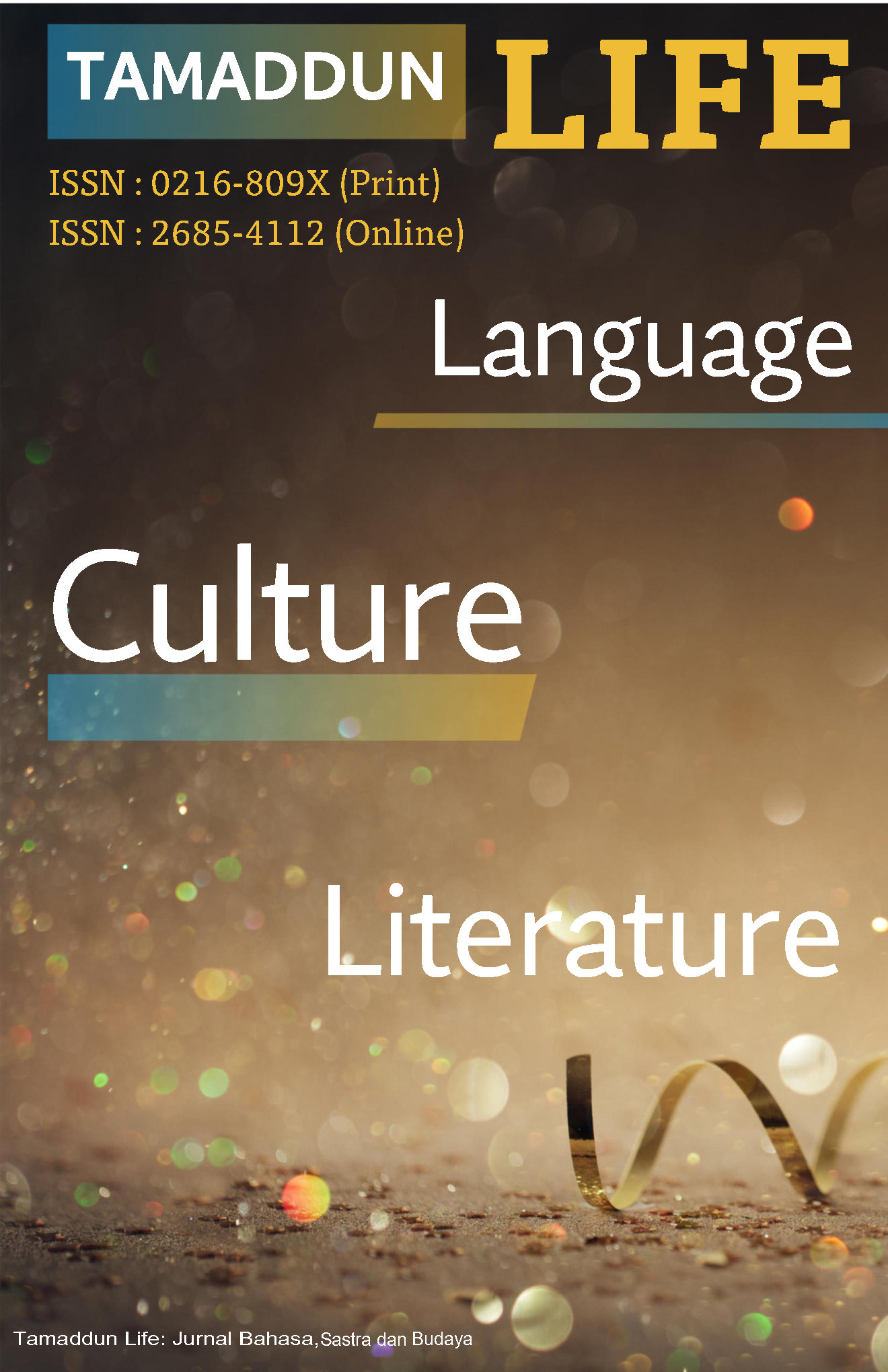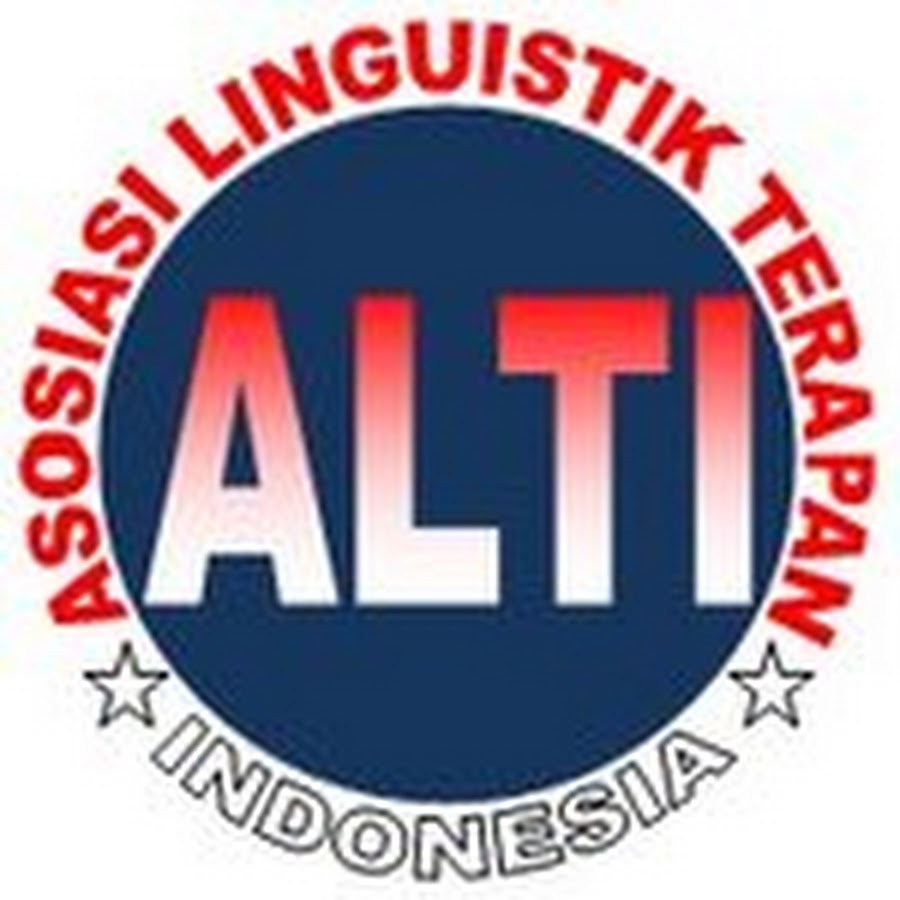Empowering Narratives: A Feminist Critical Discourse Analysis of Essays from Magdalene
Abstract
Despite the recognition of gender equality within the Indonesian legal system, there remain various instances where women have disadvantages in domains including education, employment, and political representation. This study aims to highlight actions taken by women in fostering women’s empowerment through essays by applying the framework of Feminist Critical Discourse Analysis (FCDA). This study applied qualitative method to conduct a content analysis of essays that address topics relating to women. The data included in this study were taken from the essays featured in the book “The Feminist Minds”. To determine gender-related issues and the actions taken to address them, the data was collected by reading and taking notes on the relevant passages of the essays. Following the collection of data, the analysis was carried out using the theoretical framework of FCDA. Several misconceptions regarding feminism and women-related issues, including street harassment, sexual abuse, and victim blaming, were discussed in the essays. Furthermore, the actions that must be taken to address them were also elaborated. The strategies included awareness campaigns, educational initiatives, legislative efforts, community support, and addressing negative stereotypes and attitudes. In conclusion, progress in addressing women-related issues can be achieved through collaborative efforts involving communities and affiliated organizations.
References
Aditya, M. I. (2022). The Representation of Men in Online Feminist Magazine Magdalene.Co: A Critical Discourse Analysis. Alphabet, 5(1), 33–46. https://doi.org/10.21776/ub.alphabet.2022.05.01.04
Anderl, F. (2022). Global or local solidarity? That’s the wrong question: relationality, aspiration and the in-between of feminist activism in Southeast Asia. Globalizations, 19(1), 1–16. https://doi.org/10.1080/14747731.2020.1838759
Asmarani, D. (2019). The Feminist Minds. PT Elex Media Komputindo.
Baptist, J., & Coburn, K. (2019). Harassment in Public Spaces: The Intrusion on Personal Space. Journal of Feminist Family Therapy, 31(2), 114–128. https://doi.org/10.1080/08952833.2019.1634178
Baruna, Y. A. P., & Lestari, C. S. N. (2022). Patriarchy behind Kim Ji-Young , Born 1982: A Biographical Approach. LiNGUA: Jurnal Ilmu Bahasa Dan Sastra, 17(2), 199–210. https://doi.org/10.18860/ling.v17i2.17460
Biana, H. T. (2020). Extending bell hooks ’ Feminist Theory. Journal of International Women’s Studies, 21(1), 13–29. https://vc.bridgew.edu/jiws/vol21/iss1/3
Blithe, S. J., & Elliott, M. (2020). Gender inequality in the academy: microaggressions, work-life conflict, and academic rank. Journal of Gender Studies, 29(7), 751–764. https://doi.org/10.1080/09589236.2019.1657004
D’Ignazio, C., & Klein, L. F. (2020). Seven intersectional feminist principles for equitable and actionable COVID-19 data. Big Data and Society, 7(2), 1–6. https://doi.org/10.1177/2053951720942544
DelGreco, M., Hubbard, A. S. E., & Denes, A. (2021). Communicating by Catcalling: Power Dynamics and Communicative Motivations in Street Harassment. Violence Against Women, 27(9), 1402–1426. https://doi.org/10.1177/1077801220927085
Dewi, D. M. (2019). The Representation of Patriarchy in Indonesian Children Folk Tales from Sumatra Island. Lingua Cultura, 13(3), 167–172. https://doi.org/10.21512/lc.v13i3.5646
Evianda, E., Ramli, R., & Harun, M. (2019). Critical Discourse Analysis on Women’s Position in Prohaba Daily News Texts. Studies in English Language and Education, 6(2), 273–285. https://doi.org/10.24815/siele.v6i2.14783
Fauzia, N. F., & Rahayu, A. C. (2019). Women’s Struggle against Patriarchy: An Analysis of Radical Feminism Through Nadia Hashimi’s A House Without Windows. Anaphora: Journal of Language, Literary and Cultural Studies, 2(1), 1–9. https://doi.org/10.30996/anaphora.v2i1.2726
Gilby, L., & Koivusalo, M. (2020). Universal health coverage: another political space in which to expand the elimination of sexual and reproductive health and reproductive rights. Sexual and Reproductive Health Matters, 28(2), 21–25. https://doi.org/10.1080/26410397.2020.1816604
Gustema, N. H., & Sahayu, W. (2020). Feminism Values in the Posters of Yogyakarta’s Students Demonstration: The #Gejayanmemanggil. Lingua Cultura, 14(1), 23–29. https://doi.org/10.21512/lc.v14i1.6234
Hidayat, B., Hesti, Y., & Fauzi, F. (2021). Juridical Analysis of the Impact of Catcalling on Women and Sanctions for Catcalling Actors in Indonesia. Pranata Hukum, 16(1), 26–32. https://doi.org/10.36448/pranatahukum.v16i01.238
Hidayat, D. N., Kusuma, D., Alek, A., Defianty, M., & Purwahida, R. (2020). Beauty Advertisement Products in Forming the Reality of Society: A Critical Discourse Analysis. VELES Voices of English Language Education Society, 4(2), 191–198. https://doi.org/10.29408/veles.v4i2.2393
Johnson, V. E., Nadal, K. L., Sissoko, D. R. G., & King, R. (2021). “It’s Not in Your Head”: Gaslighting, ‘Splaining, Victim Blaming, and Other Harmful Reactions to Microaggressions. Perspectives on Psychological Science, 16(5), 1024–1036. https://doi.org/10.1177/17456916211011963
Khosroshahi, Z., & Saljoughi, S. (2023). Introduction: Transnational feminist approaches to film and media from the Middle East and North Africa. Transnational Screens, 14(2), 83–88. https://doi.org/10.1080/25785273.2023.2231775
Lailawati, R., Islami, Q., & Nursafira, M. S. (2020). The Camouflage of “Tough Woman”: The Resistance of Female Character Against Patriarchal Ideology in Mulan. Elsya : Journal of English Language Studies, 2(3), 72–76. https://doi.org/10.31849/elsya.v2i3.4926
Larasati, N. P. A. (2021). Gender Inequality in Indonesia: Facts and Legal Analysis. Law Research Review Quarterly, 7(4), 445–458. https://doi.org/10.15294/lrrq.v7i4.48170
Lazar, M. M. (2018). Feminist critical discourse analysis. In J. Flowerdew & J. E. Richardson (Eds.), The Routledge Handbook of Critical Discourse Studies (pp. 372–387). Routledge.
Limerick, P. P. (2021). Anti-racist Text and Talk: A Critical Discourse Studies Approach to Black Feminism. REiLA : Journal of Research and Innovation in Language, 3(2), 79–86. https://doi.org/10.31849/reila.v3i2.6797
Nartey, M. (2021). A feminist critical discourse analysis of Ghanaian feminist blogs. Feminist Media Studies, 21(4), 657–672. https://doi.org/10.1080/14680777.2020.1837910
Naufina, N. (2021). The Portrayal of Hegemony and Patriarchy in Louise O’ Neill’s Only Ever Yours. PIONEER: Journal of Language and Literature, 13(2), 173–186. https://doi.org/10.36841/pioneer.v13i2.1215
Nugroho, C., Richardus, W. N. C., & Wahyono, S. B. (2021). Discourse on Rejection of Women Leader in Yogyakarta (Critical Discourse Analysis of Kompas Daily News Text). Jurnal Pekommas, 6(2), 85–98. https://doi.org/10.30818/jpkm.2021.2060211
Octaviana, S. N. (2019). Child Sexual Abuse in Indonesia: History and Challenge in Legal Perspective. IJCLS (Indonesian Journal of Criminal Law Studies), 4(1), 83–92. https://doi.org/10.15294/ijcls.v4i1.19613
Rapi, M., Ridwan, R., & Junaedi, I. M. (2024). Voicing The Reality of Colonialized Women in The Novel ‘Belenggu’ By Armijn Pane. Tamaddun: Journal of Language, Literature, and Culture, 23(1), 43–50. https://doi.org/10.33096/tamaddun.v23i1.714
Rohmah, F. N., & Suhardi, S. (2020). Critical Discourse Analysis on TV Advertisements for Beauty Products. Indonesian Journal of EFL and Linguistics, 5(2), 453–470. https://doi.org/10.21462/ijefl.v5i2.316
Sakhiyya, Z., Hapsari, C. T., Sumaryani, S., & Farida, A. N. (2023). From protest march to digital campaign: women’s movement and critical literacies in Indonesia. Gender and Education, 35(4), 384–400. https://doi.org/10.1080/09540253.2023.2183181
Sumampouw, N., Otgaar, H., & de Ruiter, C. (2020). The Relevance of Certain Case Characteristics in the Successful Prosecution of Child Sexual Abuse Cases in Indonesia. Journal of Child Sexual Abuse, 29(8), 984–1003. https://doi.org/10.1080/10538712.2020.1801930
Tienari, J., & Taylor, S. (2019). Feminism and men: Ambivalent space for acting up. Organization, 26(6), 948–960. https://doi.org/10.1177/1350508418805287
Tsani, N. K., & Ratnadewi, D. (2022). Women and Racism in Kamala Harris’ Speeches: A Critical Discourse Analysis. Linguists : Journal Of Linguistics and Language Teaching, 8(1), 67–83. https://doi.org/10.29300/ling.v8i1.5533
Wagner, A. (2022). Tolerating the trolls? Gendered perceptions of online harassment of politicians in Canada. Feminist Media Studies, 22(1), 32–47. https://doi.org/10.1080/14680777.2020.1749691
Walton, K. A., & Pedersen, C. L. (2022). Motivations behind catcalling: exploring men’s engagement in street harassment behaviour. Psychology and Sexuality, 13(3), 689–703. https://doi.org/10.1080/19419899.2021.1909648
Wibowo, S. A. (2020). Child Sexual Violence and the Violation of Human Rights: the Darkest side of Law Enforcement in Indonesia. The Indonesian Journal of International Clinical Legal Education, 2(4), 421–434. https://doi.org/10.15294/ijicle.v2i4.43152
Wismayanti, Y. F., O’Leary, P., Tilbury, C., & Tjoe, Y. (2019). Child sexual abuse in Indonesia: A systematic review of literature, law and policy. Child Abuse and Neglect, 95(1), 1–12. https://doi.org/10.1016/j.chiabu.2019.104034
Copyright (c) 2024 I Gusti Ayu Mahatma Agung

This work is licensed under a Creative Commons Attribution 4.0 International License.
Authors who publish with Tamaddun journal agree to the following terms:
1. Authors retain the copyright and grant Tamaddun the right of first publication. The work will be licensed under a Creative Commons Attribution License (CC BY 4.0), which permits others to share the work with proper acknowledgment of the authorship and initial publication in this journal.
2. Authors may enter into additional non-exclusive agreements for the distribution of the published version of their work (e.g., posting it to an institutional repository or including it in a book), provided that the initial publication in this journal is acknowledged.
3. Authors are encouraged to post their work online (e.g., in institutional repositories or on their personal websites) before and during the submission process. This can lead to productive exchanges and increase the visibility and citation of the published work.






